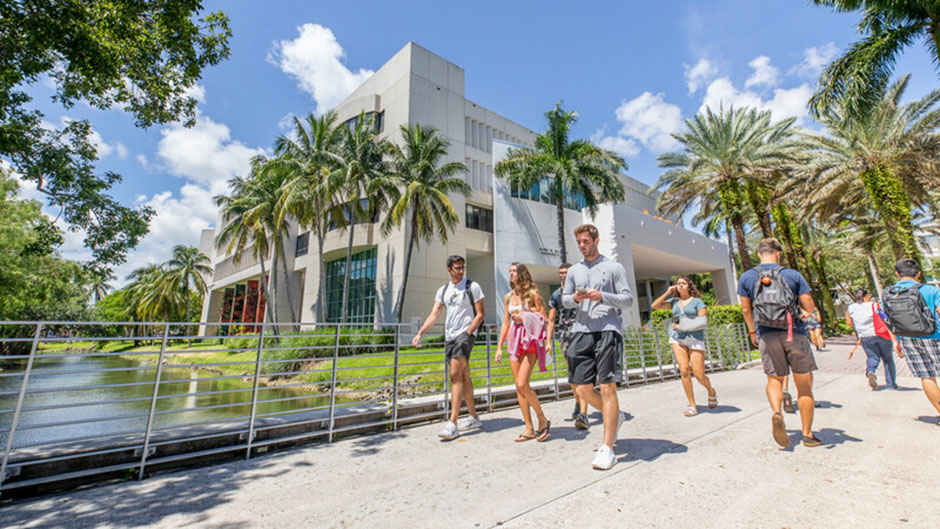Winners of the competition will be announced during a reception following the presentations.
In its fifth rendition, the annual competition challenged university teams across the country to envision development projects that extend social and environmental benefits to their communities.
Six finalist teams, representing top-ranked graduate real estate programs in the United States, offered creative solutions:
- University of Miami Herbert Business School team, proposing Liberty City, a mixed-use development with market-rate rent and affordable housing, as well as health-oriented retail for a largely blue-collar population.
- University of Pennsylvania Wharton team, proposing 17th Street Crossing, an innovative ecosystem in North Philadelphia that would provide economic and workforce development solutions.
- University of Texas at Austin McCombs team, proposing Voltage, a redevelopment of the Austin Energy site for affordable housing and co-living with green features to contribute to a more sustainable city.
- UCLA Anderson team, proposing Scully Station, a redevelopment to address food uncertainty through a rooftop urban garden and a meeting and storage space for mutual aid organizations.
- University of Chicago Booth team, proposing Heroes Housing Condo, a development that would provide an affordable pathway to homeownership for healthcare workers.
- Columbia University Business School team, proposing The Stoop, an affordable housing development promoting wellness through healthcare, green space, and quality food amenities in the Bedford-Stuy area of Brooklyn.
Originally an idea suggested by Alfonso Munk, chief investment officer for the Americas at Hines and a member of Miami Herbert’s real estate advisory board, the Impact Investing competition grows steadily, with this year’s finalists chosen among a record-setting 14 submissions. Each team consisted of four or five, mostly graduate-level students from differing business backgrounds or interdisciplinary fields. A panel of commercial real estate professionals evaluated all propositions with a keen eye for strong financial data, justification for assumptions, and a measurable, visible social impact. All teams, even non-finalists, received evaluations to help them improve and expand on their ideas.
The challenge required participants to go out into their communities and thoroughly research their markets, leading some teams to explore real case scenarios. The UM finalist team, for instance, chose an actual property soon to be redeveloped in Liberty City.
“We saw the need in an underserved community with only single-family homes that were built decades ago and a population not in a position to reinvent in their neighborhood,” explains recent Miami Herbert MBA graduate Malak Benmassaoud.
Similarly, the Columbia finalist team adhered to the requirements of an actual RFP by the City of New York. “We are proud of the realism of the project,” says first-year Columbia MBA student Nicholas V. Szuch. “It addresses the need for affordable housing in a city that is extremely unaffordable and gives health and wellness options to a neighborhood that lacks those.”
Judges additionally looked for ideas that considered the effects of the COVID-19 pandemic. Teams met the requirement through features that enable a sense of community and wellbeing, including amenities dedicated to health and wellness, open spaces, outdoor seating areas, parks, and green areas. The finalist team from the University of Texas at Austin also offered a co-living concept to maximize communal living spaces and encourage social bonds among residents.
“One of the major challenges that people are facing is loneliness,” points out Haley J. Bell, the only undergraduate on the UT Austin team. “We thought of the co-living aspect as a solution to create a living space specifically focused towards providing and creating community.”
The competing projects include other socially and environmentally conscious features like community centers and retail spaces, inexpensive grocery stores and restaurants, fitness centers, green roof tops and walls, transit-oriented properties, and even an apiary to cultivate bees for honey.
At the finals, Robin Zeigler, Executive Vice-President and Chief Operating Officer of Cedar Realty Trust, Nuveen’s Global Head of Retail Manuel Martin and Falcone Group’s Executive Vice President Alfonso Costa will serve as judges. The first-, second-, and third-place winners will enjoy prize money totaling $25,000. Though not all teams will receive awards, participants may move forward with a more conscientious approach towards real estate development.
“I hope that the competition opens students’ eyes to the importance of thinking beyond profit,” says Andrea Heuson, academic director of Miami Herbert real estate programs and the competition coordinator. “I want them to learn that it is possible to develop projects that have a positive social impact and also make sense financially.”
Heuson may have met her goal. The interviewed finalists have already expressed their deeper appreciation for impact investing:
“We are all motivated students that want to have a positive impact in the community,” Benmassaoud says. “We learned tremendously but at the same time gave back tremendously.”
Szuch adds, “It was a pleasure to demonstrate that impact investing and the necessary financial returns are not mutually exclusive.”
Bell enjoyed seeing her team’s ideas “fold into a dynamic and multi-faceted project that proposes many things, but in a meaningful way.”
Heuson looks forward to this year’s winners. She will then gear up for the next case competition to continue to encourage creative designs that have both physical and financial viability, especially as a focus on social and environmental factors becomes increasingly prevalent in real estate investing.

